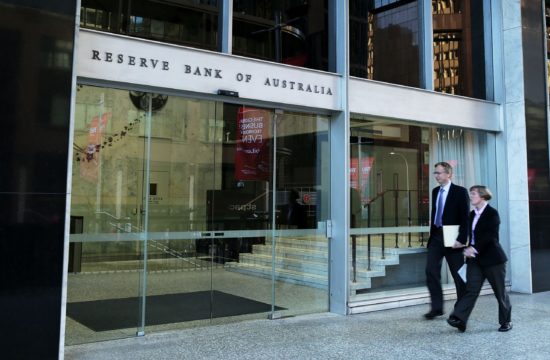Working at the Reserve Bank for the people of New Zealand is a privilege and at a time like now there is no shortage of motivation. We are working both as a skeleton crew at our premises and remotely. Productivity has been high, as is the case across all essential services, and I have personally appreciated and needed the connectivity.
To date our ‘bubble’ has mostly included the Government, Treasury, and New Zealand’s banks, non-bank deposit takers, and insurance companies. We have proved we can work together for a common goal – cash-flow and confidence – at pace. We recognise the threat of COVID-19 to our collective well-being and have responded accordingly to ensure we address the issues at hand and reduce the impact on future generations.
To maintain commitment to our future prosperity, we have ensured that the cost of borrowing is very low through reducing the OCR to 0.25 percent and undertaking ‘Quantitative Easing’ (QE). The latter involves us buying Government Bonds (public debt) from banks and swapping it for cash – so that the banks can on-lend. This activity keeps long-term interest rates low, where we need them, as well as helping the Government to fund its own expanding activities.
The Reserve Bank can keep monetary support going for as long as necessary through QE and other tools. New Zealand is in a globally-enviable fiscal position with significant headroom. Our activities will best ensure Aotearoa is able to prosper for generations to come.
We’ve also opened up new exchange and lending facilities for our banks to use if more liquidity is needed. These facilities range from daily ‘open market operations’ where we ensure there is plenty of cash in the money system, through to 3 month, 1 year, and soon up to 3 year liquidity facilities. We can lend to banks when they can’t easily raise funds in international markets and this supports them in lending to their customers – businesses and households.
In step with Government, Treasury, and the banks we are also assisting businesses and households directly. The mortgage payment deferral and business finance guarantee schemes are a collective effort to ease households’ cash demands and enable credit to flow into businesses as we all wait the COVID-19 virus out. Banks participating in the business finance guarantee scheme have also agreed to not pay dividends to their shareholders to ensure the public money used in the finance guarantee scheme reaches its target – New Zealand businesses in need.
Further assisting banks is the ‘capital relief’ we provided them, encouraging banks to use their rainy day funds given that it is raining. We insisted banks hold large capital buffers despite their considerable consternation. They can now use them as necessary.
All of this activity is simple but not easy.
We are all experiencing unnerving times and there are some very hard yards ahead. Some businesses will fail, unemployment will rise, and banks will at times have to judge whether a firm is illiquid or insolvent when making a financing decision.
We will also have to make tough decisions at the Reserve Bank when it comes to a specific firm’s viability. The financial system is strong but we do not run a ‘zero failure’ regime. Instead we have put in place strong criteria for financial firms’ liquidity, capital, and operation capability so they can withstand most shocks.
Looking ahead, many firms will make it through this period through working with their bankers and their own team, and understanding and utilising the Government’s significant and expanding support packages.
Income support, mortgage relief, business lending, tax relief, and a broad range of regular welfare assistance is available and needs to be used. Support each other, think beyond just the next six months or more, and visualise the role you can and will play in the vibrant, refreshed, sustainable, inclusive New Zealand economy.














